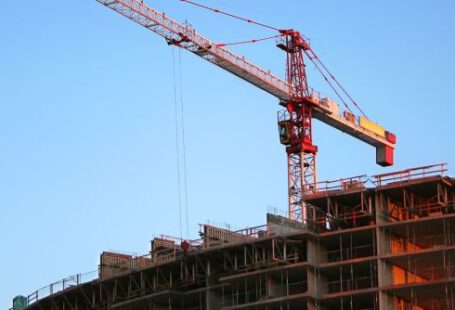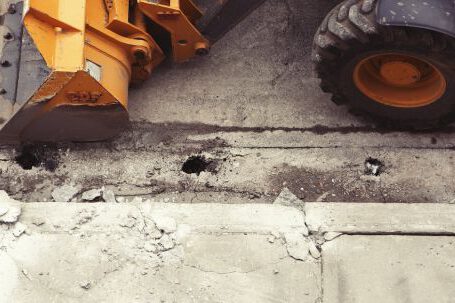The construction industry is one of the most important economic sectors, employing hundreds of thousands of people and contributing significantly to a nation’s GDP. Construction projects are often complex and require a high level of coordination between multiple teams and subcontractors. As such, it is essential that construction equipment is monitored and managed in an efficient and reliable manner. Wireless connectivity is becoming increasingly important in this regard, allowing for remote monitoring and management, improved safety, and cost savings.
Improved Safety
Wireless connectivity can help improve safety on construction sites in a number of ways. By providing remote access to construction equipment, operators can monitor and control machinery from a distance, reducing the risk of accidents or injuries. In addition, wireless sensors can be used to detect hazardous conditions such as excessive vibration, temperature, or pressure. This real-time monitoring can help prevent equipment breakdowns and improve safety for workers and the surrounding environment.
Cost Savings
Wireless connectivity can also help reduce operational costs for construction projects. By providing remote access to equipment, operators can optimize the use of their machinery and maximize their efficiency. This can help save on fuel costs, as well as the cost of maintenance and repairs. In addition, wireless connectivity can help streamline processes, reducing the need for manual labor and saving time and money.
Improved Communication
Wireless connectivity can also help improve communication between multiple teams and subcontractors. By providing real-time access to information, operators can quickly and easily coordinate efforts, resulting in improved accuracy and efficiency. This can help reduce the risk of delays and ensure that projects are completed on time and within budget. In addition, wireless connectivity can help ensure transparency and accountability, as all parties can access the same data and stay informed of progress.
Enhanced Data Collection
With the help of wireless connectivity, construction projects can benefit from enhanced data collection. By providing access to real-time data, operators can monitor and analyze the performance of their equipment, allowing them to identify areas for improvement and optimize their operations. In addition, this data can be used to track progress, monitor safety, and ensure compliance with regulations.
Conclusion
The construction industry is highly complex, requiring coordination between multiple teams and subcontractors. Wireless connectivity can help improve safety, reduce operational costs, improve communication, and enhance data collection. As such, it is becoming increasingly important for construction equipment monitoring and management. By leveraging the advantages of wireless connectivity, construction companies can ensure the efficient and reliable management of their projects, resulting in cost savings and improved safety.






